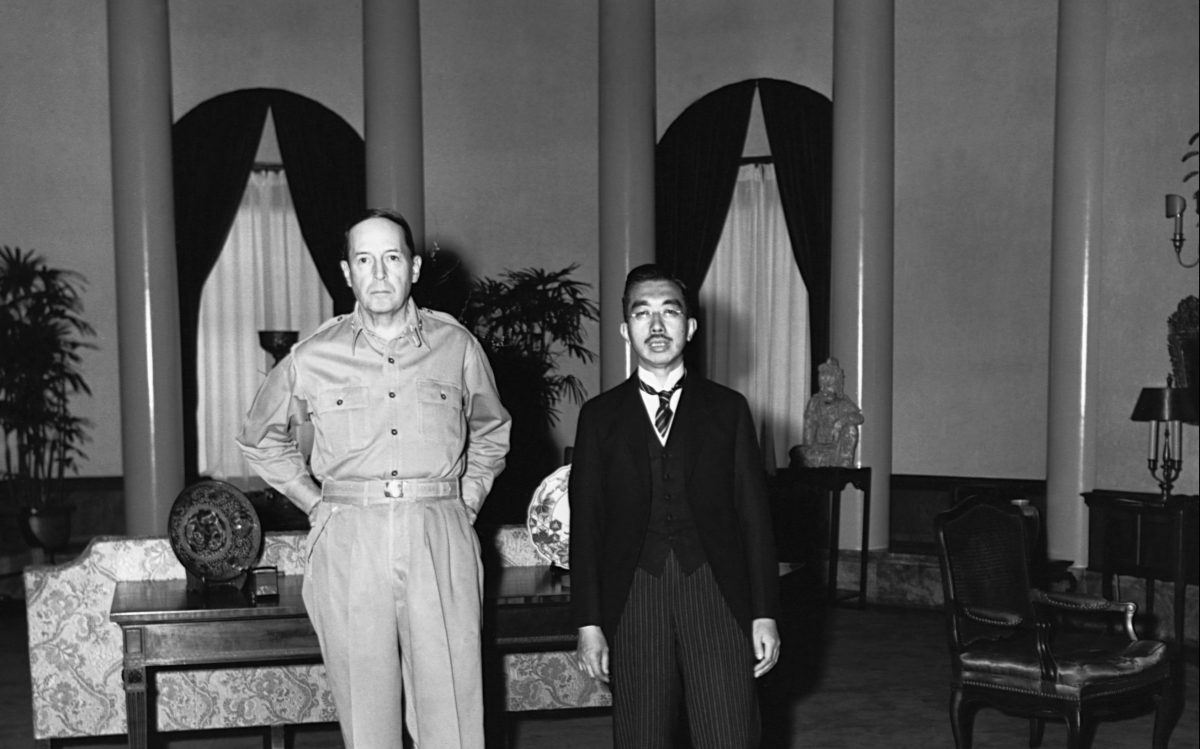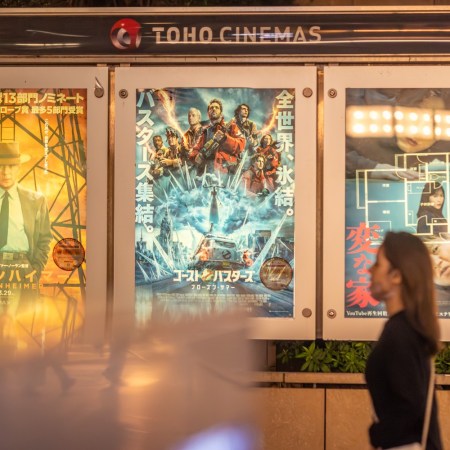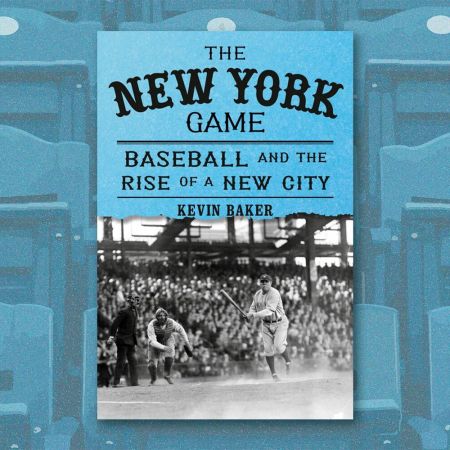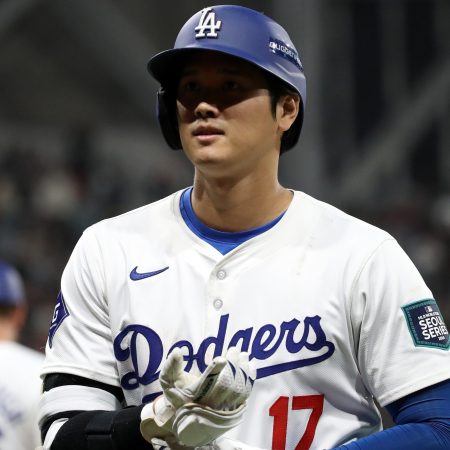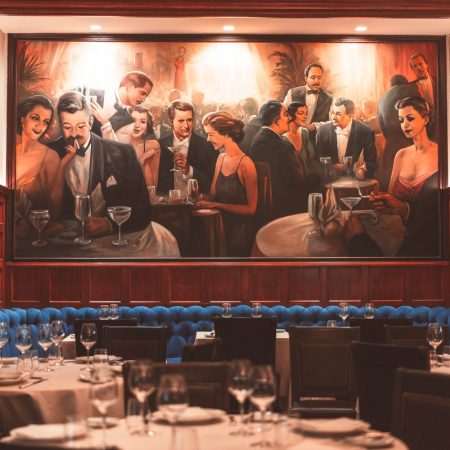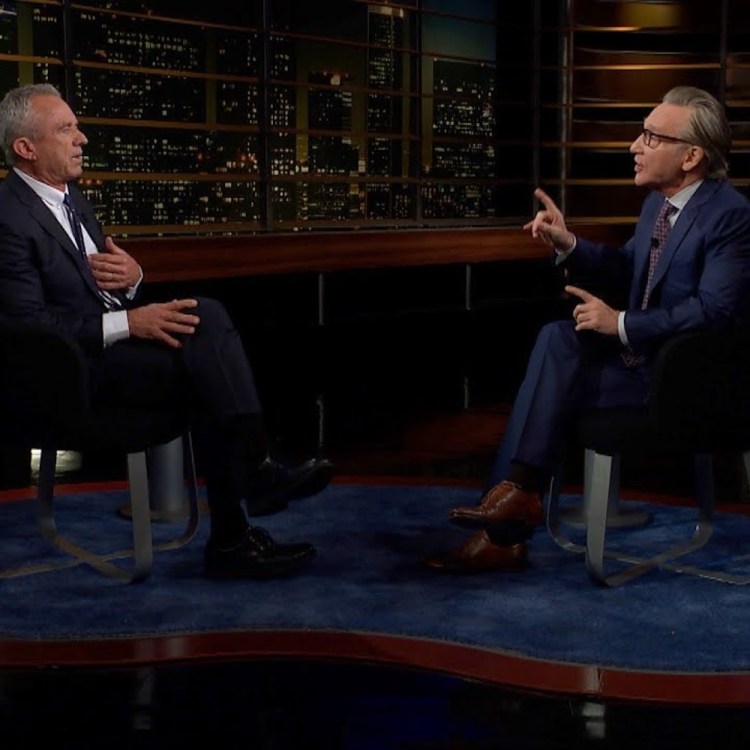“Death on the gallows was decreed today for Hideki Tojo, the cold, calculating Japanese who led his country to fight in the world’s bloodiest war….” Stories about the International Military Tribunal’s death sentence for Tojo, who was a general of the Imperial Japanese Army and Prime Minister during much of World War II, appeared across the planet on November 12, 1948 (this particular version comes from the Ironwood [Mich.] Daily Globe). Yet while Tojo’s sentence was the front page, it wasn’t the top story. Instead, the main headline was “Marshall Hits Red Propaganda,” about Secretary of State George C. Marshall’s critique of a “propaganda peace offensive” by the Soviet Union. By late 1948, it had been more than three years since Japan’s surrender. WWII certainly wasn’t forgotten, but there were more pressing matters to address.
Tojo’s trial had gone on so long that it’s easy to see why public interest might have waned. The Nuremberg trials of Nazi regime officials resolved themselves in less than 11 months: They began on November 20, 1945 and 10 convicted Nazis were hanged on October 16, 1946. By contrast, the military tribunal convened to judge Japanese war officials started on May 3, 1946 and then lasted more than two years, long enough that two of the original 28 defendants died before sentencing. Ultimately, 25 of the remaining 26 were convicted—one was ruled insane thanks largely to a bizarre courtroom incident involving Tojo. (More on this shortly.)
Yet even after all that time, many felt it was an incomplete effort. These doubters included at least one member of the Tribunal itself. On November 13, 1948, The Guardian reported Tribunal President Sir William Webb having said, “This immunity of the Emperor, as contrasted with the part he played in launching the war in the Pacific is, I think, a matter which the Tribunal should take into consideration in imposing the sentences.”
On December 23, 1948, Tojo and six others were hanged. A U.S. military document titled “Execution of Prisoners” laid out in advance how they should be conducted. The executions were to occur soon after midnight, be “private” with “no photographs or motion pictures” and those in attendance were expected to offer “no unseemly conduct of any kind.”
Emperor Hirohito’s death was far different. For one, he lived another 40 years, finally passing away at the age of 87 on January 7, 1989. He had spent a staggering 62 years on the throne and Japan accordingly spent $80 million on his elaborate funeral. Over 250,000 mourners lined the funeral route. Pretty much the entire planet got involved as representatives of 163 countries attended, an unprecedented total. Attendees included President George H.W. Bush, who made a point of noting whatever had occurred in the past was no longer problematic to him. (Theoretically, Bush had reason for resentment. The Japanese shot down his plane over the Pacific during a bombing raid on the island of Chichi Jima in 1944. The 2017 book Flyboys reports the other eight downed airmen were captured, executed and allegedly in four cases partially cooked and eaten by Japanese officers.)
It could be argued that it was reasonable for so many other nations to bade farewell to Hirohito. After all, he had visited a number of them. These included a journey to see the royal family in London:
And a meeting with President Gerald Ford in Washington, D.C.:
In short, Hirohito lived out his life as, well, an emperor. Which isn’t usually what happens when a nation goes to war and loses. (Napoleon was exiled to Elba and then St Helena.) So, how did this happen? And should this have happened? This is how a man viewed as semi-divine proved to have a remarkable knack for survival.
What the Throne Entails
Born on April 29, 1901, Hirohito had an accelerated rise due to his father’s health issues, including reported struggles with mental illness. Hirohito became the 124th Emperor of Japan on December 25, 1926—he was only 25. He took on what can only be described as a uniquely complex role. The BBC observes that the Emperor did not believe himself “a God in the sense of being a supernatural supreme being.” Yet from the “6th century onwards” it was accepted that the Emperor was “descended from the kami (in this context, gods), was in contact with them, and often inspired by them.” He was also largely responsible for keeping the kami happy so they would permit Japanese prosperity.
Likewise, the Emperor had long been a mostly symbolic figure, until the Meji restoration in 1868 revived imperial rule. (Meaning, at least in theory, the Emperor was again in charge.)
So the Emperor was human…but also a little more than human. And he had no real political power…except he technically did have political power. Indeed, in 1936, Hirohito’s orders helped to ruthlessly crush an attempted coup by 1,400 members of the Imperial Army. Some of the rebels were executed.
Still, Hirohito seemed a relatively innocuous figure. He was the first Japanese crown prince to travel abroad. The greatest passion of his life appears to have been marine biology. Often, he approved government actions without offering significant input or possibly any input at all.
Which is why someone else came to serve as the face of the Japanese enemy during World War II.
Tojo’s Brief Time on Top
Born on December 30, 1884, Tojo had an impressively international career before taking power. He served as military attaché to Japan’s embassy in Berlin after WWI. He was the chief of staff of the Kwantung Army in Manchuria. In 1940, he took charge of the Ministry of War in the cabinet of Prime Minister Konoe Fumimaro. Tojo then succeeded Konoe as prime minister on October 18, 1941. Still running the Ministry of War, he also assumed control of the Ministry of Commerce and Industry in 1943. The book Key Figures of World War II describes him as a “hardworking and efficient bureaucrat.”
At his peak, Tojo inspired a rage in the U.S. equal to that generated by Hitler. Only it often had a troubling racial edge, witness the poster below from the Department of Agriculture. (This racism wasn’t limited to wartime propaganda—a December 15, 1945 Saturday Evening Post article bore the headline “The G.I. Is Civilizing the Jap.”)
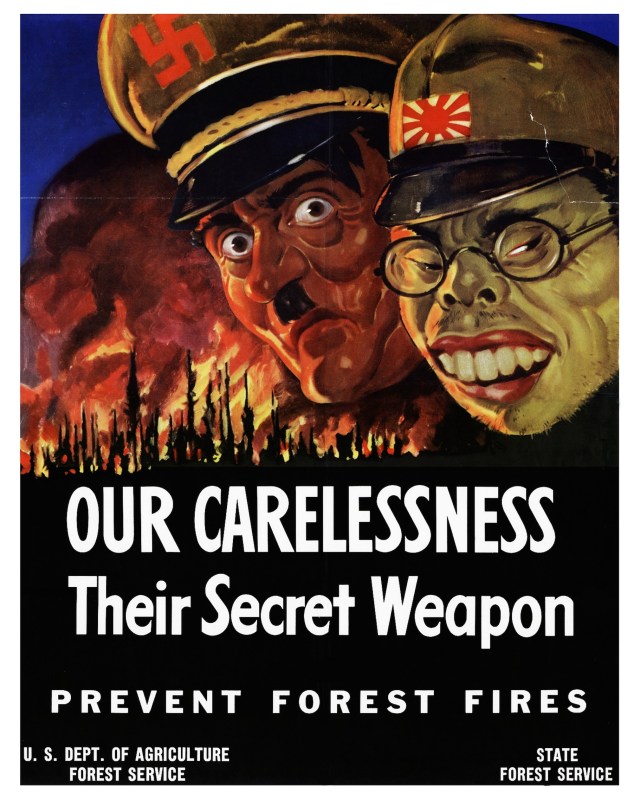
Then almost as quickly as Tojo acquired it, all the power he’d amassed slipped away. On July 16, 1944, Tojo was stripped of one of his titles. He soon resigned the other positions and served out World War II in the military reserve. After Japan’s surrender, he tried to shoot himself in the heart to avoid being arrested by American soldiers. They saved his life and nursed him back to health only to indict him for war crimes on April 29, 1946.
His trial included a bizarre humiliation. A 59-year-old civilian named Shumei Okawa was laying the grounds for his own insanity plea. Exhibit A for his case: The time he slapped Tojo in court. (It was a successful maneuver, enabling him to wind up at the Matsuzawa Hospital for the Insane instead of potentially on the gallows.) The video below features the slap as well as some general mockery from the narrator, who refers to Tojo as a “bald-headed would-be suicide.” And it’s all underscored with inexplicably jaunty music.
It should be noted that Tojo’s crimes were very real. While we’ll never know the exact numbers from the Rape of Nanking (Nanjing), it’s nonetheless clear that tens of thousands of Chinese women were raped and it’s been estimated more than 300,000 people may have been killed, largely civilians. Of course, the Japanese Army under Tojo also kidnapped and subjugated Chinese and Koreans into becoming “comfort women” (enslaved military prostitutes), a uniquely horrific crime against humanity.
Since his death, things continue to be surreal for Tojo. His name has largely faded from global consciousness even as Hitler remains an icon of evil. Meanwhile, in Japan he has seen a rise in his standing of late, if not a full-blown rehabilitation. He is honored at the Yasukuni Shrine, which salutes Japan’s war dead. Understandably, nations attacked by Japan during World War II are troubled by his sharing this recognition, with tribute being paid to a man who played a major role in triggering a conflict that killed millions and died as a convicted war criminal.
What the Emperor Approved
At the time of Pearl Harbor, Hirohito was 40 and had been Emperor for almost 15 years. Tojo, on the other hand, had only been the prime minister for weeks. Which led to understandable speculation that:
-Tojo would have sought the Emperor’s approval for any attack on the U.S.
-If the Emperor had declined to give this approval, Tojo would have been reluctant to proceed.
These behind-the-scenes machinations have largely been shrouded in mystery, but generally the consensus is that, if Hirohito did know about the attack, he was troubled by it. (A 2014 biography reports he categorized it as “self-destructive.”) Then a memo released in 2018 gave a new insight. “It took me nine years to come forward, as I was afraid of a backlash,” the bookshop owner who discovered it told the media. “But now I hope the memo would help us figure out what really happened during the war, in which 3.1 million people were killed.”
The document is indeed damning. Vice Interior Minister Michio Yuzawa wrote up his account three hours after the meeting was over. He quotes Tojo saying: “If His Majesty had any regret over negotiations with Britain and the U.S., he would have looked somewhat grim. There was no such indication, which must be a result of his determination. I’m completely relieved. Given the current conditions, I could say we have practically won already.”
Takahisa Furukawa, a Nihon University history professor, interpreted this memo to mean Hirohito bore significant guilt for Pearl Harbor: “Tojo is a bureaucrat who was incapable of making own decisions, so he turned to the emperor as his supervisor. That’s why he had to report everything for the emperor to decide. If the emperor didn’t say no, then he would proceed. Clearly, the memo shows the absence of political leadership in Japan.”
Even if this information had been common knowledge back in 1946, it’s possible nothing would have changed. Because Hirohito found an American who proved to be a deeply loyal ally.
Managed by MacArthur
General Douglas MacArthur’s legacy is a complex one. There is the Medal of Honor winner so associated with victory in the Pacific, the leader who declared, “I shall return” and did just that.
But there’s also the man responsible for one of the biggest mistakes in American military history. Stationed in the Philippines, he learned about the attack on Pearl Harbor and chose to…wait. The result was that aircraft were still being fueled when Japanese squadrons attacked 10 hours later. It’s such a baffling decision there has been speculation it may have been an act of outright mutiny. For MacArthur was a man notorious for ignoring orders, even when they came from presidents. His showdown with Harry S. Truman ultimately ended his career, but there had also been an earlier incident with Herbert Hoover, when MacArthur insisted on staging a military assault on American World War I veterans protesting in Washington, D.C.
“MacArthur’s chief of staff is Ike Eisenhower,” Bonus Army: An American Epic co-author Paul Dickson recounted to RCL. He noted that the future U.S. President told MacArthur that “we have explicit orders not to cross the bridge” [to the site where the veterans were encamped].
MacArthur’s response? “We’re at war.” Thus MacArthur ignored the presidential directive and led an attack on America’s veterans, horrifying the nation and destroying what remained of Hoover’s slim reelection odds. Unsurprisingly, Eisenhower came to loathe MacArthur, musing in 1954, “I just can’t understand how such a damn fool could have gotten to be a general.”
Which is to say that while MacArthur was capable of strategic brilliance, he was never a team player and could be utterly ruthless in pursuit of what he perceived as a greater goal. (Again, the man led an military raid on American veterans.)
MacArthur served as the Allied commander of the Japanese occupation. As such, he was supposed to dismantle much of the existing Japanese government to create a democracy. Counterintuitively, he decided the Emperor could be a useful tool in this mission. He resisted any attempts to eliminate the position or even just have Hirohito step down in favor of his son, ignoring pressure from inside and outside of Japan.
Hirohito almost immediately proved useful, as he helped ensure a peaceful transition with his radio address about Japan’s surrender.
Yet it should be noted that Hirohito did his best to preserve both his own and Japanese dignity. If you read the text of the address, you’ll notice it never uses the words “surrender” or “defeat.” Indeed, he often sounds as if World War II was excellent idea that, sadly, must come to an end, noting, “We declared war on America and Britain out of our sincere desire to ensure Japan’s self-preservation and the stabilization of East Asia.” He even praises Japan’s allies for how they “consistently cooperated with the Empire towards the emancipation of East Asia.”
Indeed, Hirohito had a strange gift for making offerings that were appreciated by the Americans but, from his perspective, fairly meaningless. Hirohito’s biggest “sacrifice” likely came up when he accepted the American order to give up his divinity on January 1, 1946. Except, as noted earlier, the Emperor did not actually believe himself divine. Thus he received credit for dumping something he never really claimed to possess.
In return, MacArthur protected Hirohito. There have been allegations his staff arranged for bribes to be paid to avoid damaging testimony against the Emperor. Whether or not this is true, we know MacArthur was not above a bit of questionable financial maneuvering. He once accepted $500,000 from the Philippines government, apparently as a thank you payment in exchange for helping that country’s president and family escape.
In time, the world (and particularly world leaders) forgave the Emperor. But one of the few people who struggled to leave the past behind was Hirohito himself.
So Close After So Many Years
William Faulkner wrote: “The past isn’t dead. It isn’t even past.” That seems to be the case with Hirohito. A diary by Imperial chamberlain Shinobu Kobayashi was revealed to the world in 2018. It documents how Hirohito, as death approached, returned to events from four and five decades earlier. Hirohito reportedly felt people were fixating on his “war responsibility.” Indeed, he even mused he did not see any point in staying alive because it would “only increase my chances of seeing or hearing things that are agonizing.” The chamberlain attempted to reassure him he did not have to fear the past, dismissing it as “only a page in history.”
Which would be easier to accept if Hirohito hadn’t been allowed to skip past it so quickly when that history was still happening. Below, Japan’s incumbent Prime Minister Shinzo Abe explains why he visited the Yasukuni Shrine where the Japanese war dead—including the war criminal Tojo—are honored.
This article was featured in the InsideHook newsletter. Sign up now.
